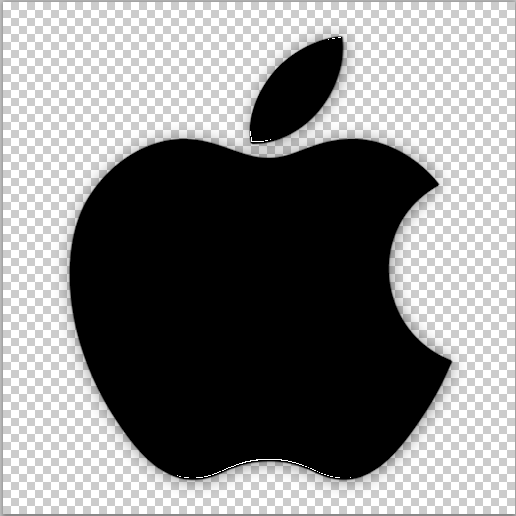Component type Recommended component Price
Processor Intel Core i3-6100
$125 (£107)
Motherboard AsRock Z170M Pro4S
$100 (£78)
Memory Kingston HyperX Fury DDR4 2666 (8GB)
$60 (£45)
Graphics card AMD Radeon R9 380 4GB
$195 (£183)
Power supply EVGA 500W 80PLUS Certified ATX12V/EPS12V
$40 (£41)
Primary storage Crucial BX100 250GB
$80 (£63)
Secondary storage Western Digital Blue HDD (1TB)
$52 (£40)
CPU cooler Arctic Alpine 11 Pro Rev. 2
$15 (£8)
Disc drive None $0 (£0)
Cases Cooler Master N200 (see below for more) $50 (£42)
$717 (£607)
This is a little out of the 'budget' price range. I remember that the previous article was a Pentium g3258 at a
much cheaper price. Found this from a recommended proper budget build:
CPU
$59.99Intel Pentium G3258 3.2GHz Dual-Core

MOTHERBOARD
$28.99MSI H81M-P33 Micro ATX LGA1150

MEMORY
$36.29Kingston HyperX Fury Blue 8GB (1 x 8GB) DDR3-1866

STORAGE
$62.22Samsung 850 EVO-Series 120GB 2.5" SSD

CASE
$79.98NZXT S340 (Black/Red) ATX Mid Tower

POWER SUPPLY
$0.00SeaSonic 620W ATX12V / EPS12V
$272.47
This is sooo much cheaper!! Just need a graphics card. He recommends a 380/380x, or 960. We'll see. Think I might just go for what I got last year: R9 270. Budget card of choice seems to be $106.98Gigabyte GeForce GTX 750 Ti 2GB WINDFORCE
Also adding a Cooler from top as will be overclocking
Bought. Here's what I got:
1 x Intel Pentium Dual Core G3258 3.2GHz Socket 1150 3MB L3 Cache Retail Boxed Processor £45.82
1 x MSI H81M-P33 Socket 1150 VGA DVI 8 Channel Audio mATX Motherboard £25.82
1 x HyperX 8GB 1866MHz DDR3 CL10 DIMM Fury Series Blue £26.65
1 x Ace Black 120mm Fan 700W Fully Wired Efficient Power Supply £14.99
1 x Gigabyte GTX 750 Ti 2GB GDDR5 Dual Link DVI HDMI PCI-E Graphics Card £72.49
1 x Cooler Master Hyper TX3 EVO 3 Heatpipes/1x92mm Fan CPU Air Cooler £16.24
Total: £242.43
Going to yoink an old case from who knows where, saved about £15.00
Saved money on PSU and case. He used stock cooler, I don't trust in them, especially when overclocking!






















